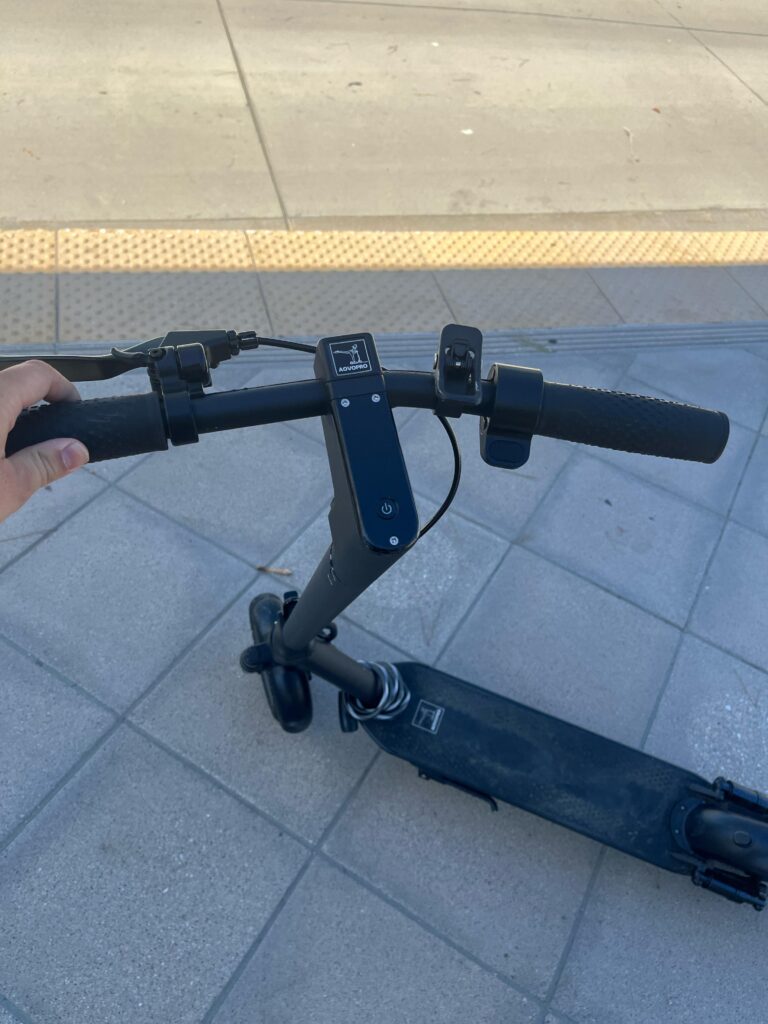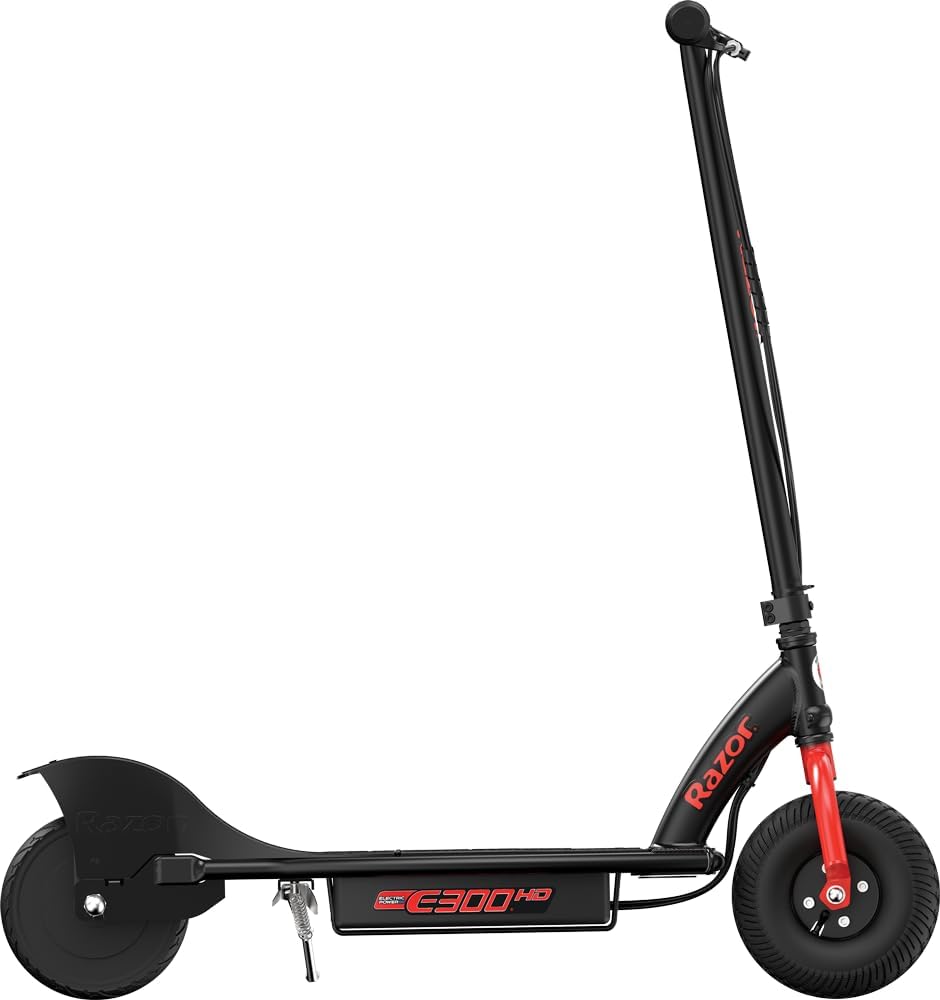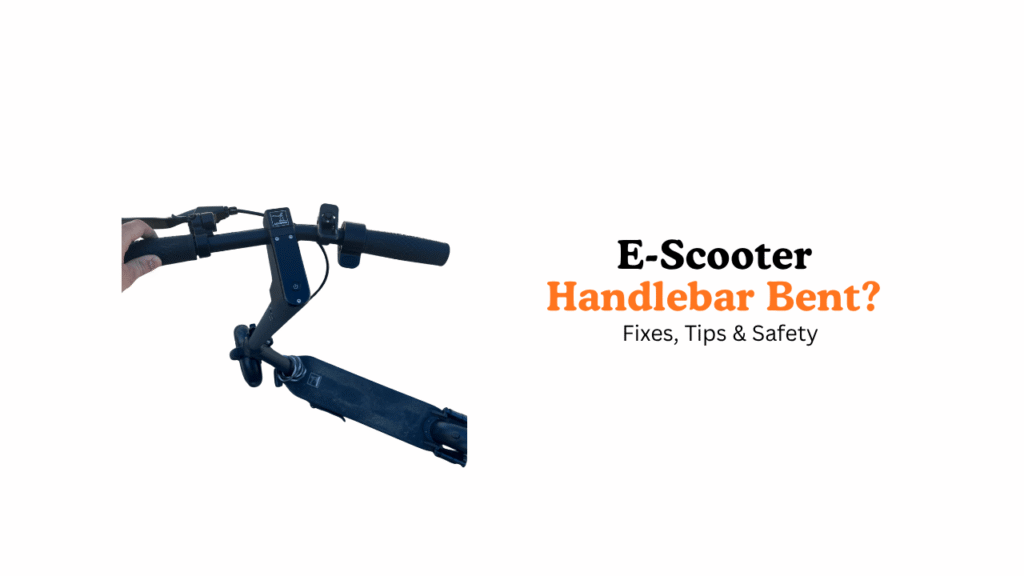Electric scooters are convenient, fun, and eco-friendly, but accidents happen. One common issue riders face is a bent handlebar after tripping, hitting a pothole, or a minor crash. Even if your scooter still works, riding with a bent handlebar can be dangerous. In this guide, we’ll show you how to assess, fix, and prevent handlebar damage, with practical solutions and safety tips.

Understanding the Problem
Handlebars bend primarily due to impact. Metal fatigue, low-quality materials, or overuse can also contribute. Common signs of a bent handlebar include:
- Misalignment with the front wheel
- Wobbling while riding
- Unusual noises when turning
Riding with a bent handlebar is risky. The scooter may seem stable, but the weakened metal can snap under stress, leading to serious accidents. Recognizing the problem early is key to avoiding injuries.
Immediate Actions After a Bend
If your handlebar bends, stop riding immediately. Continuing to ride may worsen the damage and increase safety risks. Here’s what to do next:
- Inspect the Scooter: Check the handlebar, stem, and surrounding areas for cracks or deformation.
- Remove the Handlebar (if possible): This allows a better assessment of the damage.
- Record Specifications: Note your scooter model and handlebar dimensions. This is crucial if you plan to replace the part.
DIY Fixes and Tools You May Need
For minor bends, you may attempt a DIY fix, but exercise caution. Tools you might need include:
- Allen keys
- Screwdrivers
- A mallet or long pipe for gentle bending
Steps to fix minor bends:
- Loosen the screws connecting the handlebar to the stem.
- Carefully try to realign the handlebar using gentle pressure.
- Tighten the screws back, ensuring the handlebar is secure.
Important Note: Bending metal repeatedly weakens it. Even if it appears straight, the handlebar may fail unexpectedly. Use this method only as a temporary solution until a proper replacement is available.
Replacement Options
In many cases, replacing the handlebar is the safest option. Start by finding compatible parts—look for manufacturer-approved or compatible handlebars online, through websites like Amazon or official scooter stores. Compare costs, which typically range from $30 to $100 depending on your scooter model. To install safely, remove the damaged handlebar, align the new one properly, and tighten all screws securely. Always test the scooter at a low speed before resuming normal use to ensure everything is properly fitted.
Official vs. Third-Party Parts: Official parts guarantee proper fit and durability, while third-party parts may be cheaper but carry a risk of poor compatibility or weaker materials.

When to Seek Professional Help
Some handlebar damage cannot be safely fixed at home. You should seek professional help if the metal is cracked or severely weakened, the scooter’s steering mechanism is affected, or if you’re unsure about proper alignment. Professional repair shops can accurately assess the damage, install replacement parts correctly, and ensure your scooter is safe to ride. Although professional repairs may cost more than DIY fixes, prioritizing safety is always worth the investment.
Preventing Future Damage
Preventing handlebar damage is much easier than fixing it after the fact. Ride carefully by avoiding potholes, speed bumps, and rough surfaces whenever possible. Perform regular maintenance by checking screws, bolts, and the scooter’s frame at least once a month. If needed, consider upgrading to stronger handlebars or adding protective accessories to enhance durability and reduce the risk of future damage.
Frequently Asked Questions
Can I ride with a slightly bent handlebar?
It’s not recommended. Even a slight bend can compromise control and safety.
How do I know if the metal is too weak to fix?
Visible cracks, wobbling, or a bend that doesn’t straighten easily are signs the metal is compromised.
Is it safe to use aftermarket parts?
Official manufacturer parts are safest. High-quality aftermarket parts may be okay if properly fitted, but avoid cheap, weak alternatives.
What tools do I need for minor fixes?
Allen keys, screwdrivers, and gentle levers or mallets are typically enough. Always work carefully to avoid further damage.
Conclusion
A bent handlebar may seem like a minor problem, but it’s a serious safety concern. Address it immediately, whether through a careful DIY fix or by replacing the part. Riding a scooter with a compromised handlebar puts you at risk of injury and further damage. Regular maintenance, cautious riding, and using quality parts will help prevent accidents. Take action today—inspect your scooter, ensure your handlebar is secure, and ride safely.

